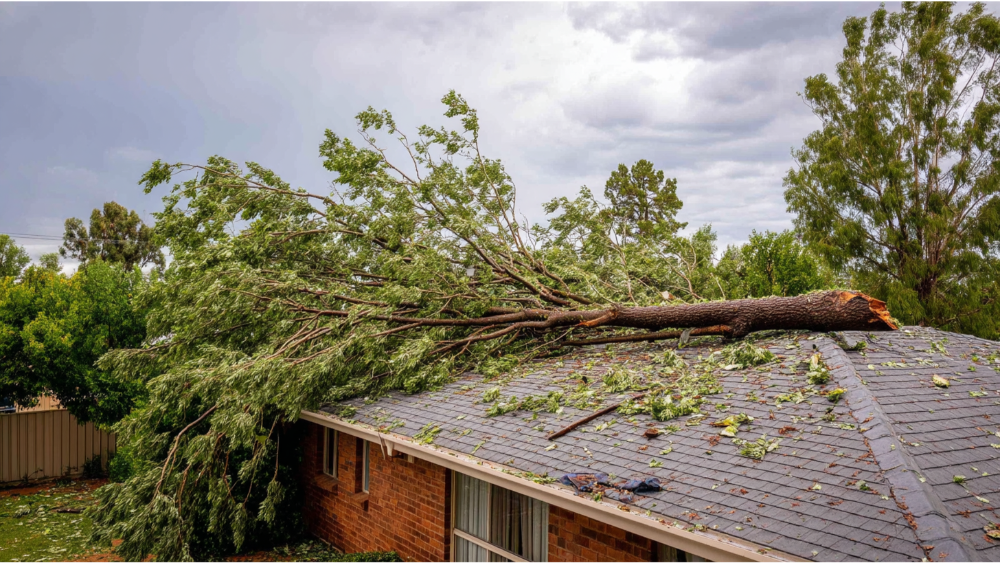Why Roof Storm Damage Is a Growing Concern in 2025
Severe weather events are becoming more common, and your roof is often the first line of defense. Roof storm damage can wreak havoc on your home, especially if left unaddressed. From wind damage and hail to heavy rainfall and debris, storms in 2025 are more frequent and more intense than ever. That means a greater risk of roof damage, water leaks, and costly repairs for homeowners.
Even in Northern California, where hail is less frequent, roof storm damage can still be a major issue. Wind-driven debris, loose shingles, and standing water are just a few of the threats that can lead to long-term problems like mold, insulation breakdown, and even structural damage. If you’re a homeowner dealing with the aftermath of a storm, knowing how to identify common signs of a damaged roof and how to respond quickly can save you time, stress, and money on repair costs.
At Cobex Construction Group, we help protect homes throughout Sacramento, Roseville, Redding, and the surrounding areas. As a trusted professional roofing contractor, we specialize in storm damage repair, roof replacement, and long-lasting solutions tailored to California’s climate.
Common Types of Roof Storm Damage
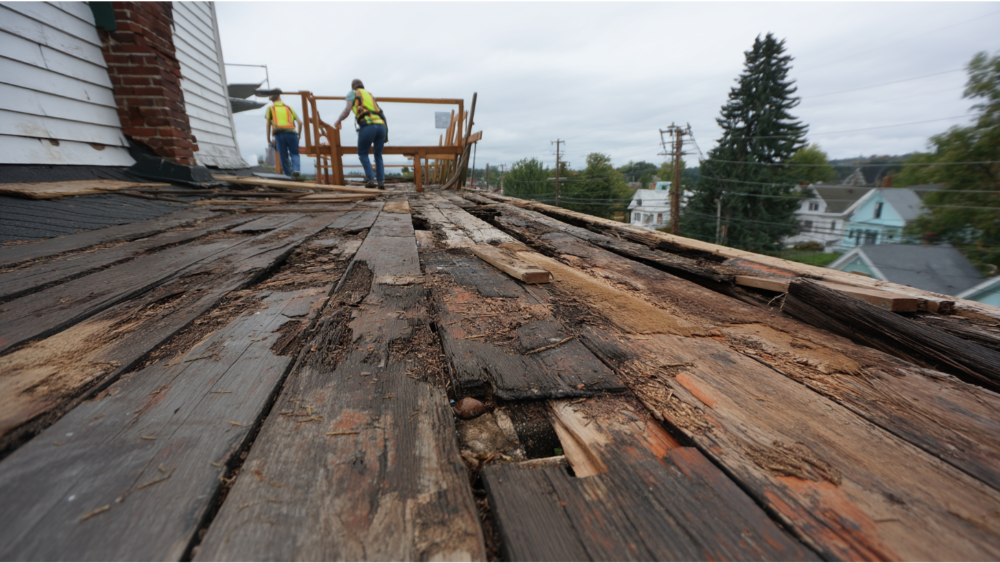
Wind Damage
Strong wind is one of the top causes of roof storm damage. Gusts over 45 mph can lift shingles, tear flashing, and even displace entire roof sections. Missing shingles expose the roof deck to moisture and UV rays, weakening the protective layer that shields your home from water intrusion and accelerating [sun damage]. High winds also blow tree limbs and other debris onto the roof, which can crack shingles or clog gutters.
Wind damage may not always be obvious at first glance. Homeowners should inspect their roofs after any storm involving strong winds, even if they don’t immediately see physical damage. Signs like curling shingles, detached gutters, or broken tiles indicate it’s time to contact a roofing contractor for a professional inspection to prevent further [structural damage].
Hail Damage
Hail is a leading cause of sudden roof damage in the U.S., responsible for thousands of insurance claims each year. Hailstones can vary in size from small pellets to golf-ball-sized chunks of ice, and both can do serious damage to asphalt shingles, metal flashing, and roof vents. Hail impact may result in dents, granule loss, and cracks, which compromise the protective layer of your roof and shorten its lifespan.
Hail damage often looks like dark spots or bruises on shingles. These dents may not penetrate the surface but still allow moisture to seep in over time. If your area experiences hail, it’s critical to inspect your roof promptly and file an insurance claim if damage is found to avoid increased repair costs.
Rain and Debris Damage
Heavy rainfall during a roof storm can lead to standing water on flat or low-slope roofs. If the roof lacks proper drainage, this water may find its way into your home, causing leaks, water spots, and eventually mold. Clogged gutters compound the issue, as backed-up water can flow under shingles or drip down into walls.
Falling debris is another major concern. Tree limbs, broken glass, and flying materials during a storm can cause punctures, dents, or even sections of missing shingles. Any debris that remains on the roof after a storm can hold moisture and cause further damage over time, increasing the risk of [water damage] and higher repair costs.
Signs Your Roof Has Storm Damage
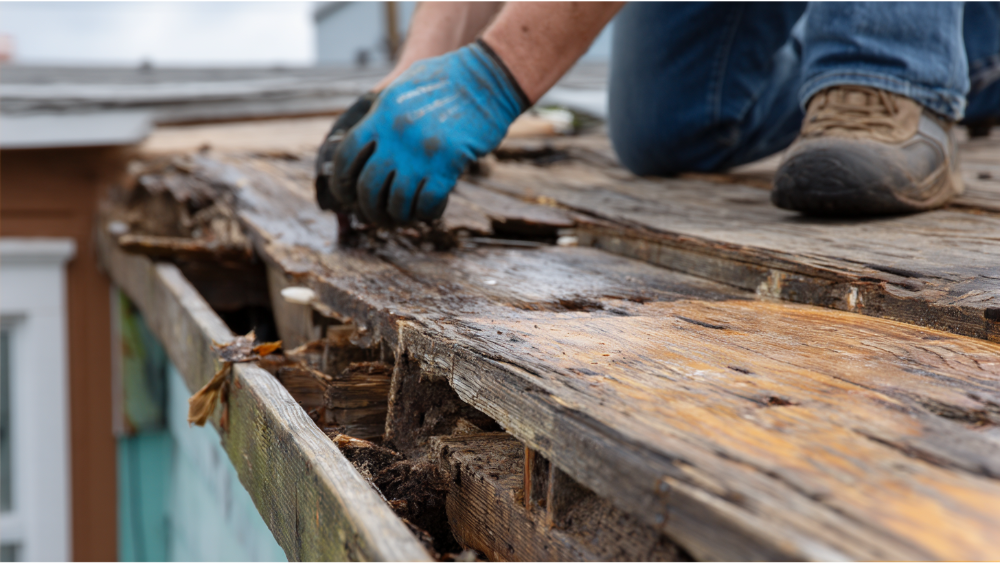
Visual Signs from the Ground
After any major storm, homeowners should look for visible signs of roof damage. These include:
- Missing shingles or roofing material scattered around the yard
- Dented or cracked asphalt shingles
- Loose shingles curled at the edges
- Clogged or detached gutters and downspouts
- Tree branches or debris resting on the roof
These are all common signs that your home may need temporary repairs or a full inspection from a professional roofer to prevent worsening issues such as [structural damage].
Indoor Warning Signs
Sometimes the symptoms of storm damage don’t show up until you look inside. Keep an eye out for:
- Water spots on ceilings or walls
- Peeling paint or bubbling drywall
- Moisture in the attic or insulation
- Sudden drafts or musty odors
Water leaks are often subtle at first but can quickly spread, damaging drywall, insulation, and flooring. Moisture and mold can take hold in just a few days, making early detection essential to minimize repair costs and avoid the need for a [new roof].
Ice dams form in colder climates when poor attic insulation and ventilation allow snow to melt and refreeze at the roof’s edge, creating ice ridges. These ice dams trap water, which can seep under shingles and cause leaks or rot. Preventing ice dams is crucial to avoid costly water damage and structural issues.
What to Do After a Storm
Safety First
The first step after a storm is ensuring your safety. Avoid walking on the roof or climbing ladders until the area is secure. Look for hazards like downed power lines, sharp debris, or unstable structures.
Document Everything
Take clear, high-resolution photos of any roof storm damage, both inside and out. Capture all visible signs of missing shingles, dents, water leaks, and broken components. This documentation will be essential when filing your insurance claim.
Make Temporary Repairs
If it’s safe to do so, cover any holes or exposed areas with a tarp to prevent further water intrusion. Temporary repairs can prevent additional damage until a roofing contractor can complete a full inspection.
Contact a Professional Roofing Contractor
Reach out to a trusted local professional roofing contractor like Cobex. We provide thorough inspections, emergency services, and detailed reports you can use to support your insurance claim. Our team can also assist with the claims process by working directly with your insurance company.
Working with Your Insurance Company
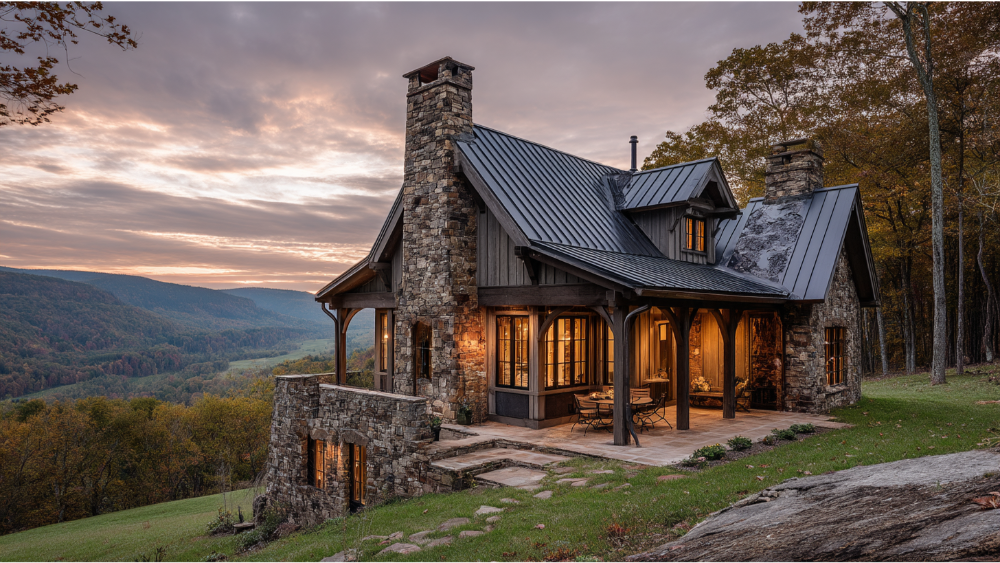
Understanding the Claims Process
Filing an insurance claim for roof storm damage starts with documenting the damage, followed by contacting your insurance agent. Once the claim is submitted, an adjuster will inspect your property and determine what’s covered under your insurance policies.
It’s crucial to have your own inspection done by a professional roofer to ensure all damage is properly documented. Many contractors work closely with homeowners and insurance companies to ensure nothing is missed.
Common Mistakes to Avoid
- Waiting too long to inspect your roof after a storm
- Failing to photograph physical damage
- Hiring unlicensed or out-of-area contractors
- Not knowing what your insurance policy actually covers
Cobex helps homeowners navigate the claims process with confidence. Our team offers support every step of the way, from emergency repairs to insurance claim submission and final project completion.
Repair vs. Replacement: What’s Right for You?
Minor Damage
If your roof has only a few missing shingles or minor hail damage, repairs may be enough. However, repairs must be done quickly and correctly to prevent further damage. Temporary repairs are helpful, but long-term protection comes from quality workmanship.
Major or Repeated Storm Damage
Roofs with repeated or severe storm damage may require full roof replacement. Signs that a new roof may be necessary include:
- Multiple leaks or widespread moisture issues
- Sagging or soft spots on the roof deck
- Aging roofing material beyond 20 years
- Repeated issues with missing or cracked shingles
At Cobex, we assess each situation honestly and never push for unnecessary work. If a roof replacement is the right call, we’ll provide a transparent estimate and options tailored to your budget and style preferences.
Preventing Future Roof Storm Damage
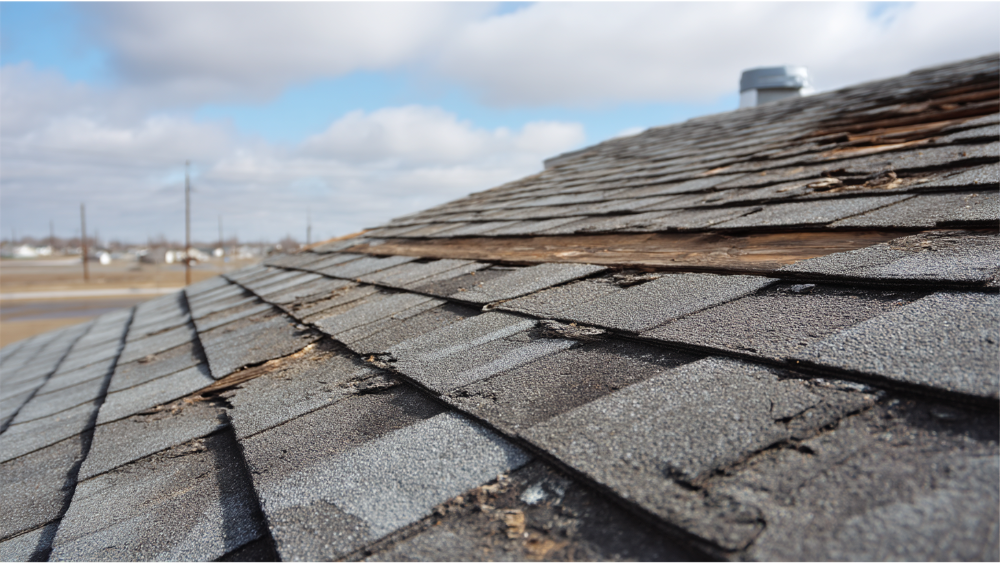
Ongoing Maintenance
The best way to avoid expensive storm-related roof damage is to keep your roof in excellent condition year-round. Homeowners should:
- Clean gutters regularly to ensure proper drainage
- Trim overhanging branches to prevent debris accumulation
- Inspect the roof after each season or major storm
- Replace cracked shingles or rusted flashing early
Upgraded Roofing Materials
Modern roofing materials offer greater resistance to roof storm damage. Impact-resistant asphalt shingles and metal roofing can withstand hail, high winds, and debris better than older systems. Reinforced underlayment and thicker decking also improve structural durability.
Our team installs premium-grade asphalt shingles, metal options, and high-performance systems designed to resist wind damage, ice dams, and UV degradation.
Prevent Ice Dams and Standing Water
In colder areas, poor insulation and ventilation can allow ice dams to form on your roof. These ice ridges trap melting snow and water, creating standing water that seeps under shingles and causes rot or leaks. Installing proper insulation and ensuring attic ventilation can prevent ice dams and reduce future roof damage.
Why Choose Cobex Construction Group?
At Cobex, we’re proud to be a trusted name in California roofing. Homeowners across Northern California choose us because we’re licensed, insured, and focused on long-term solutions, not quick fixes. Whether you’re dealing with storm damage, a leaking roof, or planning a full upgrade, we bring unmatched service and transparent communication to every project.
Our professional roofing contractors offer:
- Emergency repairs after severe storm damage
- Storm-resistant asphalt shingles and metal roofing
- Expert handling of insurance claims and inspections
- Workmanship warranties and satisfaction guarantees
When you choose Cobex, you’re choosing a partner who cares about your home as much as you do.
Frequently Asked Roof Storm Damage Questions
How do I know if I have roof storm damage?
Look for missing shingles, dents from hail, water leaks in ceilings, or debris on your roof. These are common signs of storm damage. If you’re unsure, schedule an inspection with a professional roofer.
Will insurance cover storm-related roof damage?
In most cases, yes. Covered damage typically includes wind damage, hail damage, and other physical damage from storms. Review your insurance policies and speak with your insurance agent for details.
How soon should I file an insurance claim?
File as soon as possible after discovering damage. Delays can impact your eligibility. Contact a roofing contractor for a storm damage report to support your claim.
Can temporary repairs help after a storm?
Yes, temporary repairs like tarping can prevent further water intrusion until full repairs are completed. However, these are not long-term solutions.
What’s better for storm resistance, asphalt shingles or metal?
Both offer strong protection. Impact-rated asphalt shingles are cost-effective and durable, while metal roofing offers even higher resistance to wind and hail. Cobex installs both depending on your needs.
Final Thoughts: Stay Prepared and Protected
Storms will continue to be a reality in 2025, and roof storm damage will remain a top concern for homeowners. Taking action after a storm, inspecting for damage, and working with a professional roofing contractor can make all the difference. At Cobex Construction Group, we’re here to help you protect your home and restore your peace of mind.
Don’t wait for further damage to develop. Schedule your free inspection today and let us help you restore your roof with confidence.
